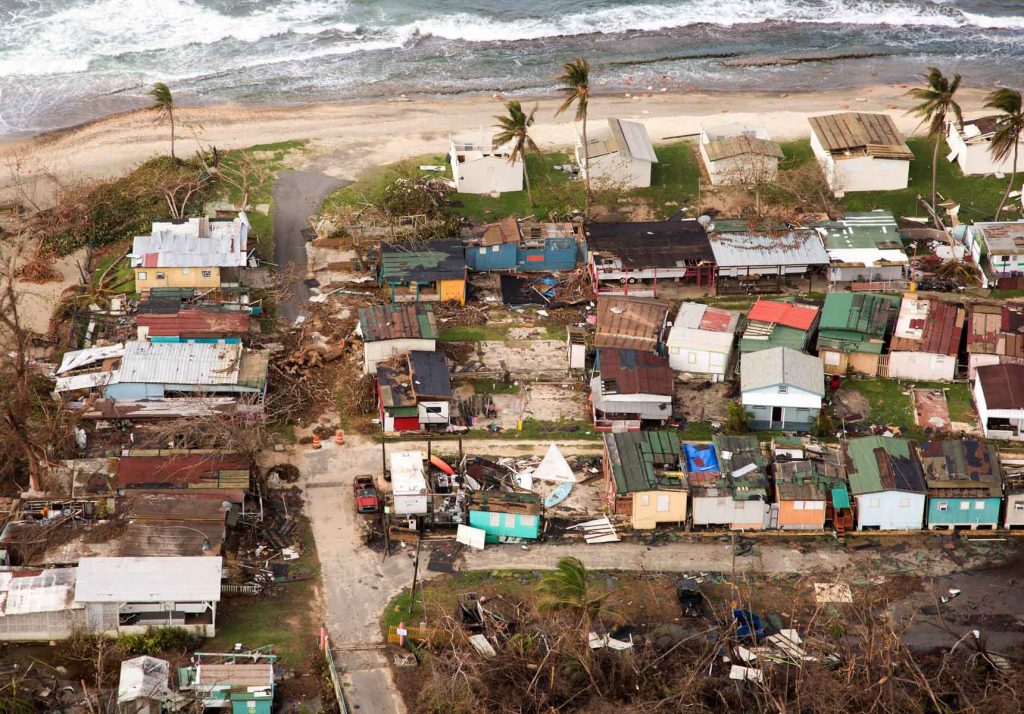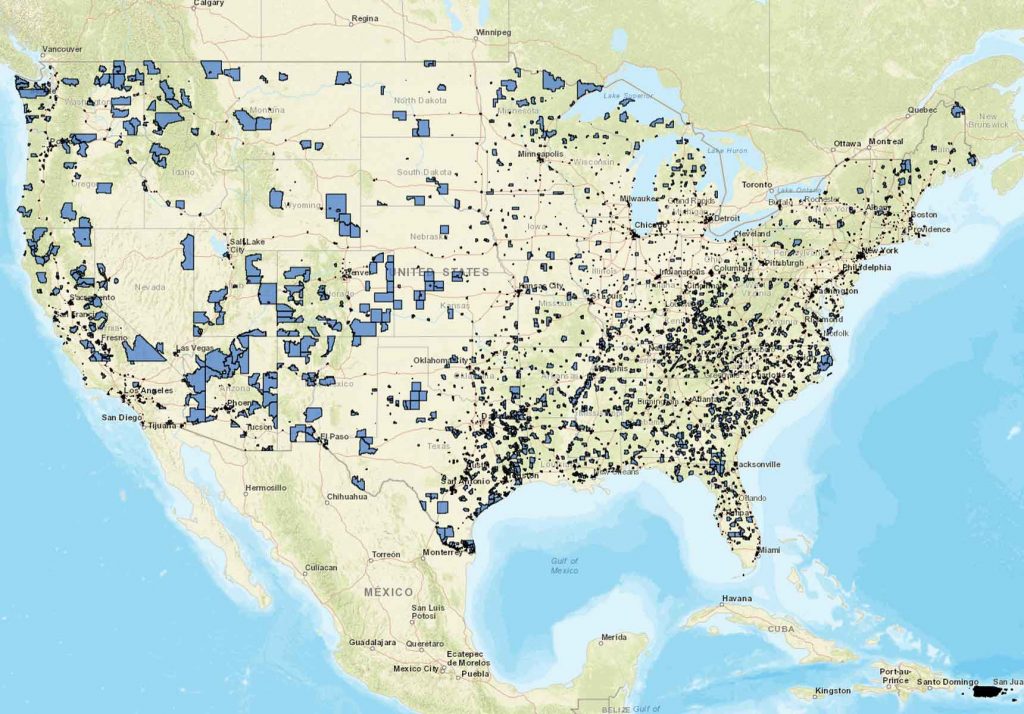OZ Pitch Day Recordings
Opportunity Zones Map: Where Opportunity Zones Are Located
Updated January 22, 2024
The Opportunity Zone legislation — passed as part of the Tax Cuts & Jobs Act of 2017 — asked the governors from all 50 states and U.S. territories, plus the mayor of Washington DC, to nominate Opportunity Zones from their jurisdictions. The governors could nominate up to 25 percent of their low-income census tracts, as defined by Section 45D(e)(1).
An exception to the 25-percent rule was made for states with fewer than 100 eligible tracts; these states were allowed up to 25 tracts to be designated as Opportunity Zones. Alaska, Delaware, the District of Columbia, Guam, Hawaii, Montana, North Dakota, Rhode Island, South Dakota, Vermont, and Wyoming were able to take advantage of this exception. As a result, they each have exactly 25 Opportunity Zones.

Free PDF Download
Get the full PDF version of this guide, Opportunity Zones Explained. Download it here.
American Samoa, Northern Mariana Islands, and Virgin Islands each have fewer than 25 eligible census tracts. As a result, 100 percent of their eligible tracts were designated as Opportunity Zones.
Additionally, the 2018 Bipartisan Budget Act allowed for every low-income census tract and eligible non-LIC census tract in Puerto Rico to be certified as a Qualified Opportunity Zone. As a result, nearly the entire island of Puerto Rico lies within an Opportunity Zone.
This exception was made for Puerto Rico to help the island recover from the catastrophic damage caused by Hurricane Maria in 2017.

In the months following the enactment of the Tax Cuts & Jobs Act of 2017, thousands of census tracts were nominated as Opportunity Zones by each U.S. state, territory, and Washington DC. In 2018, the IRS and Treasury Department certified 8,764 census tracts as Qualified Opportunity Zones.
A total of 8,534 out of 31,866 census tracts defined as low-income were designated as Opportunity Zones. An additional 230 eligible contiguous tracts (not defined as low-income) were designated as well.
Opportunity Zones are located in urban, suburban, and rural areas. They are in every major city in the United States. They are in every state and overseas territory. And they are in our nation’s capital. Opportunity Zones account for roughly 12 percent of the landmass of the country. Chances are you live in or not far from an Opportunity Zone.
Nearly 35 million Americans live in these zones, per 2015 American Community Survey data. The average poverty rate in the Opportunity Zones is 32 percent, compared to 17 percent for the average census tract.
And now, without further ado, the Opportunity Zone map:

A total of 8,764 census tracts are certified as Qualified Opportunity Zones.
An interactive Opportunity Zone map is available at OpportunityDb.com/map
A breakdown of OZs by location can be found at https://opportunitydb.com/location/
Table Of Contents: Opportunity Zones Explained
This page is part of our larger beginner’s guide to OZs: Opportunity Zones Explained. Follow the links below to read through the entire guide. Or, click here to download the full PDF version.
- Chapter 1: Opportunity Zones Explained — The basics of the OZ program.
- Chapter 2: Opportunity Zone Tax Benefits — How the OZ tax break works.
- Chapter 3: A Brief History Of Opportunity Zones — Policy background on the OZ legislation.
- Chapter 4: Where Opportunity Zones Are Located — Includes the map of Opportunity Zones.
- Chapter 5: Two Ways To Invest In OZs — Active vs. passive options for investing.
- Chapter 6: How To Invest In Opportunity Zone Funds — QOF investments for passive LP investors.
- Chapter 7: How To Start Your Own OZ Fund — How to create a self-managed OZ fund.
- Chapter 8: Opportunity Zones vs. 1031 Exchanges — Two popular tax deferral programs.
- Appendix: The Best Opportunity Zone Resources To Learn More — Recommended links.

About The Author
Jimmy Atkinson is a renowned Opportunity Zones industry leader. He founded OpportunityDb in 2018 as the leading OZ educational platform and investment marketplace. He is also founder of OZ Insiders, the premier private community for Opportunity Zone professionals and investors. And he hosts The Opportunity Zones Podcast.
